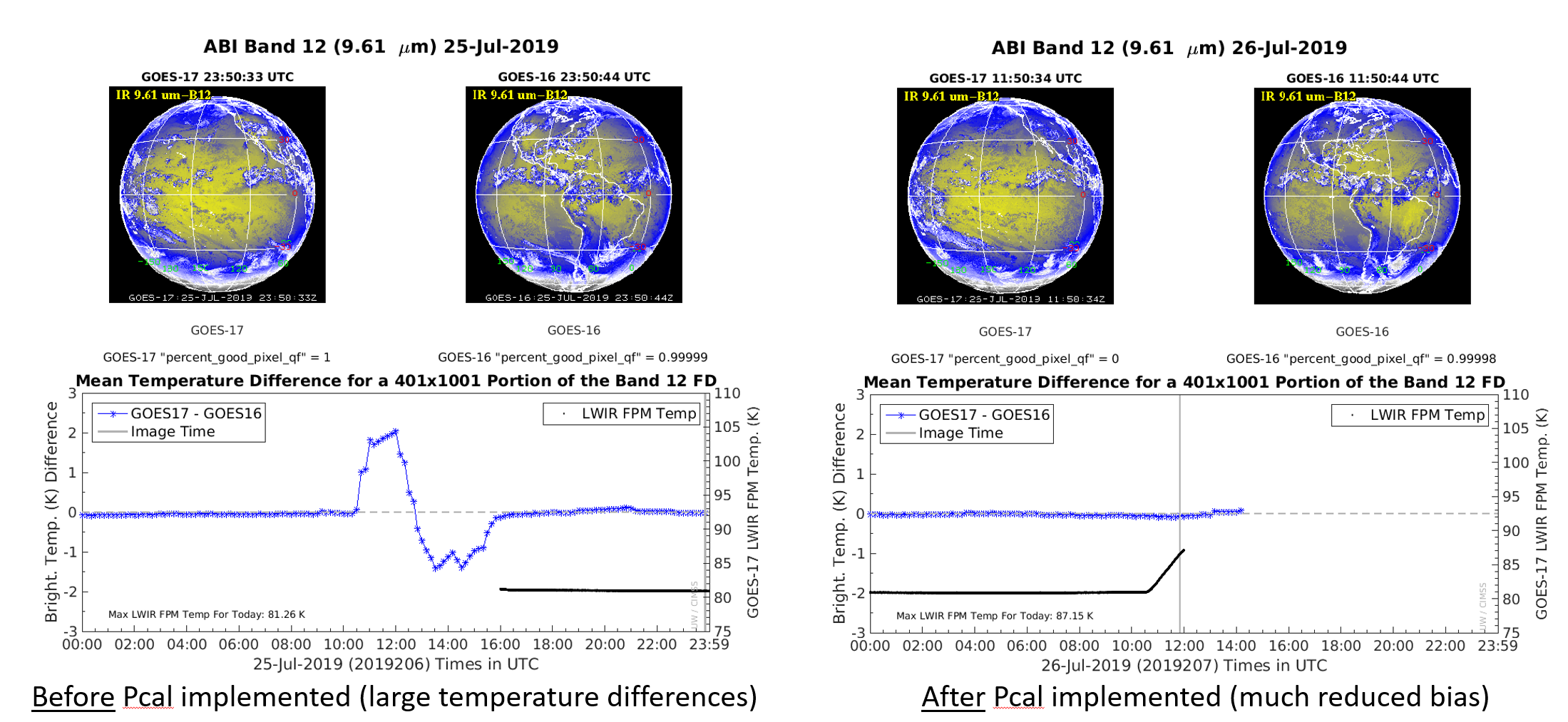
[ Archive ]

 |
CIMSS-NOAA Weekly Report [ Archive ] |
 |
ASPB AND CIMSS WEEKLY HIGHLIGHTS FOR THE WEEK ENDING JULY 26, 2019
IN THE PRESS:
SSEC and CIMSS Scientists in the News: Scientists at the University of Wisconsin-Madison (UW) Space Science and Engineering Center (SSEC) and the Cooperative Institute for Meteorological Satellite Studies (CIMSS) provide expert commentary, interviews, and imagery to news media and participate in events to promote science. In the news this week: 1) CIMSS Satellite Blog contributors Scott Lindstrom and Scott Bachmeier published posts on "Predictive Calibration is now operational for GOES-17" (July 25), "Severe weather in Minnesota and Wisconsin" (July 19, 22), "Eruption of the Ubinas volcano in southern Peru" (July 19), and "Elevated NO2 signatures over the Northeast US" (July 19). Read more at the CIMSS Satellite Blog: http://cimss.ssec.wisc.edu/goes/blog/. (S. Lindstrom, SSEC, S. Bachmeier, CIMSS)
ITEMS FOR THE ADMINISTRATOR:
ITEMS FOR THE ASSISTANT ADMINISTRATOR:
ITEMS FOR THE OFFICE DIRECTOR, STAR:
GOES-17 Predictive Calibration now operational: On July 25, at approximately 17:21 UTC, a major ground system update was made operational. This included the implementation of Predictive Calibration to improve Geostationary Operational Environmental Satellite (GOES)-17 Advanced Baseline Imager (ABI) channel 8-16 calibration when the instrument temperature becomes unstable. The algorithm was supplied by the vendor and improved by the Calibration Working Group. CIMSS and ASPB monitored calibration quality (http://cimss.ssec.wisc.edu/goes-r/abi-/band_statistics_imagery.html) and provided feedback to GOES-R. A CIMSS Satellite blog entry was posted at https://cimss.ssec.wisc.edu/goes/blog/archives/33789. (T. Schmit, E/RA2, 608-263-0291, tim.j.schmit@noaa.gov; M. Gunshor, CIMSS; S. Lindstrom, CIMSS)
 (Click image to enlarge)
(Click image to enlarge)
Figure: Brightness temperature statistics comparing GOES-17 and GOES-16 ABI over the same region before and after the predictive calibration went into operations on July 25, 2019. The greatly improved GOES-17 calibration is clear due to the predictive calibration implementation.
ITEMS FOR THE DIVISION CHIEF, CoRP:
Satellite Workshop Given at STEM Camp at Tribal College: Learning activities were given at a Climate Change Resiliency STEM camp for Native Alaskan high school students a Ilisagvik College in Utqiagvik (Barrow) Alaska. Activities included sea ice and cloud identification from GOES-R and low orbiting satellite imagery, introduction to infrared measurements, ground-based observations, and changes in arctic climate as reported in the Fourth National Climate Assessment (Bob Rabin, NOAA/NSSL and CIMSS 40-325-6336).
VISITORS:
Seminar by Visiting Scientist from Korea: Sponsored by her home university, Dr. Sue Jeong Lee, a visiting scientist from Ewha Woman's University, Republic of Korea, gave a seminar this week on extensive evaluation of GOES-16 Advanced Baseline Imager (ABI) legacy atmospheric profiles and derived products. She summarized the evaluation of the GOES-16 ABI legacy atmospheric profiles and the derived products such as Total Precipitable Water (TPW), Lifted Index (LI), Convective Available Potential Energy, Showalter Index, K-Index, and Total Totals. The evaluation has been conducted using various reference datasets including radiosonde observations, TPW from SuomiNet GPS and the Advanced Microwave Scanning Radiometer 2 (AMSR2), as well as global NOAA and ECMWF model analysis to assure that the products meet the science requirements. Applications of the derived products especially the TPW and the three Layered Precipitable Water (LPW) in nowcasting and regional numerical weather prediction (NWP) data assimilation were also discussed and demonstrated. (Jun Li, CIMSS, Jun.Li@ssec.wisc.edu,608-262-3755; Tim Schmit, STAR, tim.j.schmit@noaa.gov, 608-263-0291)
NEXT WEEK:
LOOKING AHEAD:
| Archived Weeklies Page | Submit a report item |